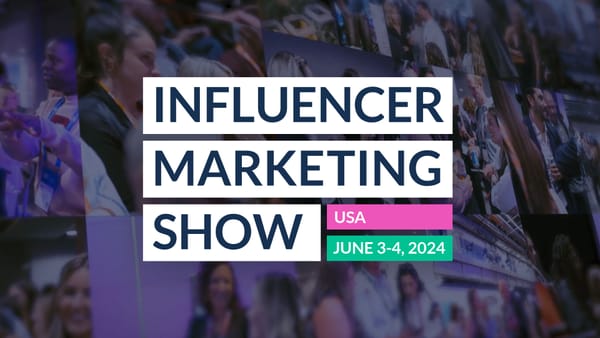Last month the ASA announced that it had been carrying out a monitoring sweep over the duration of three weeks to analyse creator beaching of the ASA and CAP codes. The Advertising Standards Authority was displeased with the amount of non-disclosure they discovered in regards to clarifying ad posts.
After voicing these concerns, the ASA has noted what the key issues were in terms of non-disclose in order to put together a list of recommendations for brands and influencers to ensure that they are not falling short of the rules.
Inconsistent disclosure across Stories
Unless an influencer clearly states that ‘the next (x amount) of Stories are #ad’, they must clearly include #ad on each slide of the Story. In most cases, brands and the ASA will not accept the mention of #ad on just the first slide, so in order to avoid an unnecessary ruling, influencers should always ensure that they simply, and clearly display disclosure on all Stories that are included in the sponsorship.
Inconsistent disclosure across Stories, IGTV, Reels and posts
There are many cases where an influencer sponsorship may require them to share posts on Stories, IGTV Reels and grid posts. The ASA noticed that one of its rules that is regularly broken is where a post would be accurately disclosed as an ad but a corresponding Story, Reel, or IGTV was not. The ASA also clarifies that if a grid post is sponsored, and the influencer shares it to their Story to increase engagement, they should clearly state in the Story too that the post their sharing is sponsored.
Visibility of ad labels
To many this may seem obvious, but the ASA want to remind brands and influencers that when labelling #ad on a Story, the text must be truly visible. There are many cases where labels were often in a small font, obscured by the platform architecture or otherwise difficult to spot, often due to the text being a very similar colour to the background of the Story. An influencer or brand trying to mask the fact that a piece of content is sponsored will not work in their favour, as they run the risk of facing a ruling.
As well as the label #ad being present and easy to spot, on desktop, mobile or other devices, the #ad label should essentially be the first thing a consumer sees when reading a grib post caption. There have been far too many cases of #ad appearing at the very end of the caption, often not being viewed, and therefore the post doesn’t automatically present as sponsored.
Affiliate content is still an ad
Just using the labels #affiliate or #aff are not enough on their own to disclose to consumers that a post is promotional or part of a paid collaboration. Influencers should label affiliate marketing, where they earn a commission from a consumer using their personalised link, by #ad alongside #affiliate. This includes when an influencer promotes a discount code.
Own-brand ads
We may often naturally assume that when an influencer is promoting a product of their own such as a book, or a product they’re affiliated with such as a clothing line collaboration with a brand, that they are connected to this product. However, it is not enough for an influencer to rely on a previous post where they may have mentioned that they’re affiliated with the brand they’re marketing. Using the example of a clothing line again, if the influencer labels their first post promoting the collaboration with #ad, they must continue to label all future adds related to the collection with #ad for full transparency.
These simple steps can be easily implemented within sponsored content. Following them will help towards ensuring that the influencer and the brand are working together to make their marketing clear, thus avoiding the risk of racing an ASA ruling.









